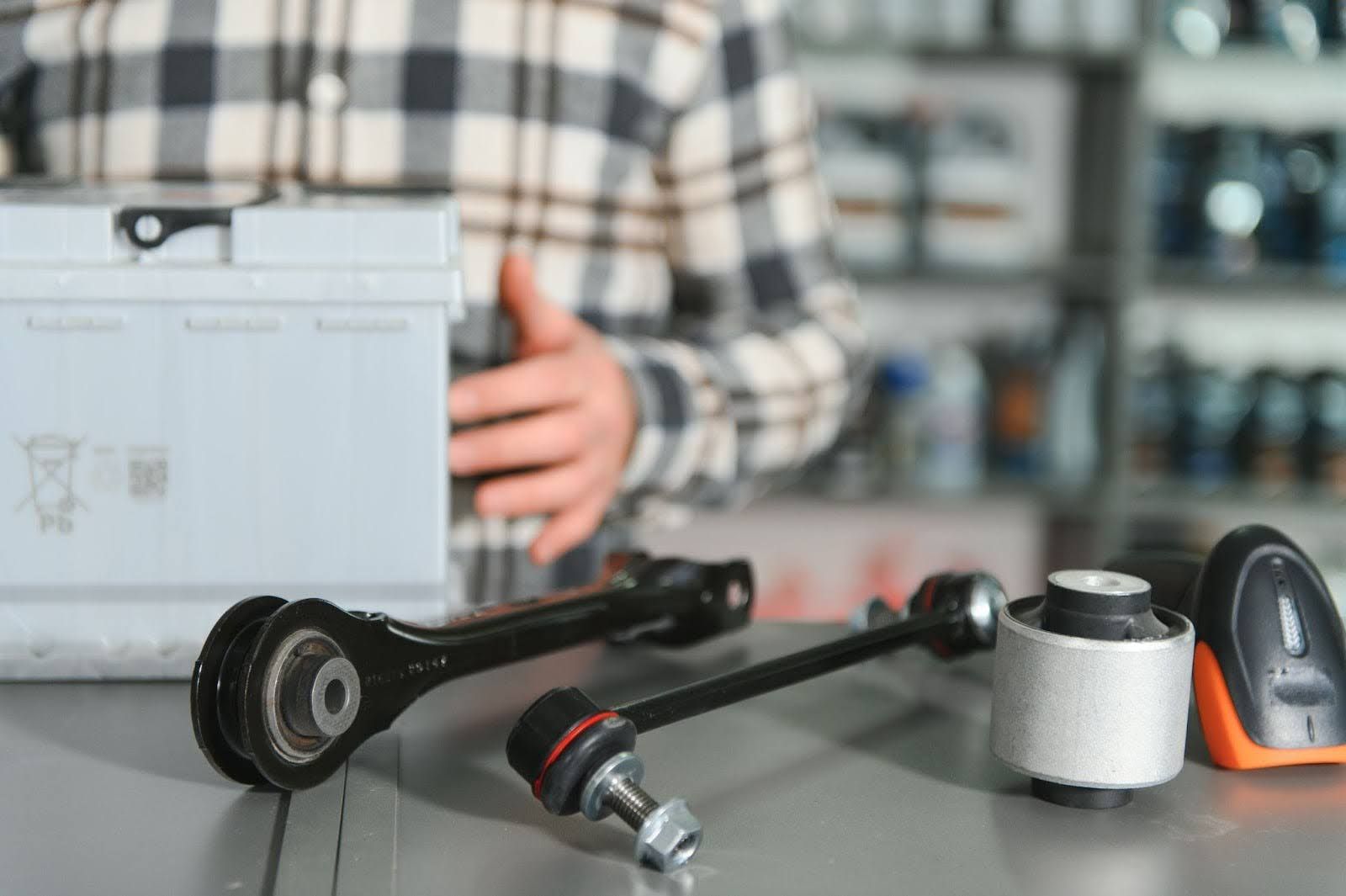Understanding Air Brake Systems: A Comprehensive Guide
Air brake systems are the backbone of safety for commercial vehicles, especially heavy-duty trucks and buses. These robust systems are engineered to handle the demanding conditions trucks face every day, ensuring reliable stopping power even under the heaviest loads. Whether you’re a seasoned driver, a fleet manager, or a technician, understanding how air brakes work, how to maintain them, and how to troubleshoot common issues is essential for keeping vehicles safe on the road.
The Fundamentals of Air Brake Systems
Air brakes differ from hydraulic systems found in passenger vehicles by using compressed air to apply the brakes. This design is especially suited for large vehicles because it provides consistent force and built-in fail-safes. The main components of an air brake system include the compressor, air reservoirs, brake chambers, slack adjusters, valves, and a network of hoses and lines. Each part works in harmony to ensure the brakes engage when needed and release smoothly when not in use.
The compressor, typically driven by the engine, draws in atmospheric air, compresses it, and stores it in air reservoirs. When the driver presses the brake pedal, air travels through valves and lines to the brake chambers, where it pushes a diaphragm or piston. This force is transferred via the slack adjuster to the brake camshaft, which then applies the brake shoes or pads to the drums or rotors, slowing or stopping the vehicle.
Key Components and Their Functions
To fully appreciate the complexity of air brake systems, it’s important to understand the role of each component:
Compressor: This is the heart of the air brake system, responsible for generating and supplying compressed air to the reservoirs.
Air Reservoirs: These tanks store compressed air, acting as a buffer to ensure there’s always enough pressure for safe braking.
Brake Chambers: Here, compressed air is converted into mechanical force, which moves the slack adjuster and applies the brakes.
Slack Adjusters: These levers transfer force from the brake chamber to the camshaft while also compensating for brake lining wear.
Valves: Various valves, such as the foot valve (service brake pedal), relay valve, and quick-release valve, control the flow of air to ensure timely and even brake application and release.
A helpful illustrative diagram from the Federal Motor Carrier Safety Administration (FMCSA) shows how these components are connected within a typical air brake system.
Common Issues and Troubleshooting Tips
While air brakes are reliable, they require regular inspection and maintenance to prevent failures. One of the most frequent problems is air leaks, which can lead to a drop in system pressure and reduced braking performance. Drivers may notice hissing sounds or warning lights indicating low air pressure. To address minor leaks, inspect all hoses, connectors, and fittings for wear or damage, and replace them as needed.
Another common issue is brake imbalance, where one or more brakes apply with less force than others. This can cause uneven wear or even vehicle instability.
Regularly check slack adjuster travel and ensure they are correctly adjusted. According to TruckingInfo, improper slack adjustment is a leading cause of brake-related violations during inspections.
Moisture in the air system is another concern, especially in regions with temperature fluctuations. Water can accumulate in air reservoirs and freeze, potentially blocking air flow and causing brake failure. Draining air tanks daily and using air dryers can significantly reduce moisture-related issues.
Routine Maintenance for Optimal Performance
Proper maintenance not only extends the life of air brake components but also ensures compliance with safety regulations. The Nevada Department of Motor Vehicles emphasizes the importance of daily pre-trip inspections, which should include checking air pressure gauges, listening for leaks, and testing the brake application and release.
Regularly lubricate moving parts, replace worn brake linings, and ensure all connections are secure. It’s also crucial to check the air compressor drive belt and clean or replace air filters as recommended by the manufacturer. For additional resources, visit our Air Brake Parts page to find quality replacement parts and expert advice on proper installation.
Safety Features Unique to Air Brake Systems
Air brakes incorporate specific safety mechanisms not found in hydraulic systems. The spring brake system, for example, uses powerful springs to apply the brakes automatically if air pressure drops below a safe threshold. This “fail-safe” ensures that even in the event of a major air loss, the vehicle can be brought to a stop.
Additionally, dual-circuit brake systems divide the air supply into two independent circuits, so if one fails, the other can still provide adequate braking force. These redundant systems are required by federal regulations and play a critical role in preventing accidents on the road.
Expert Insights and Industry Best Practices
Seasoned technicians recommend creating a maintenance schedule tailored to the specific needs of your fleet, accounting for operating conditions and load types. Investing in regular training for drivers and mechanics can help identify and address issues early, reducing the risk of costly breakdowns.
When upgrading or replacing air brake components, always choose parts that meet or exceed OEM standards for safety and durability. For guidance on selecting the right components, explore our blog section for more tips and advice from industry experts.
Final Thoughts on Air Brake Systems
A thorough understanding of air brake systems is essential for anyone involved in the operation or maintenance of commercial vehicles. By recognizing the importance of each component, staying vigilant about routine checks, and following expert maintenance practices, you can ensure that your air brakes remain reliable and safe. For further information or to find quality replacement parts, visit our Air Brake Systems page or contact our team for personalized support.
Air brake systems are a critical safety feature that deserve careful attention and regular care. With the right knowledge and resources, you can keep your trucks performing at their best, mile after mile.











